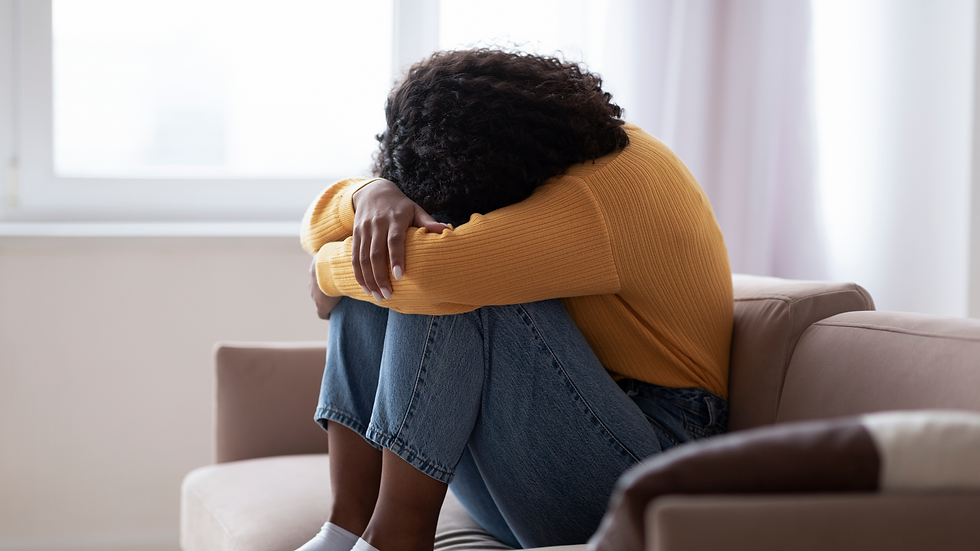Ghosts of the Past: How Childhood Experiences Shape Adult Relationships
- Wellness Tree Counseling Team

- 12 minutes ago
- 3 min read

Our childhoods never truly die. They just find new ways to say, “I’m still here”. As we evolve and start to form various relationships we might see ways in which past wounds from childhood can creep up on us. For most individuals this isn't always easy to catch. The truth of the matter is that those feelings can still linger whether we know it or not. It is important to be able to recognize those signs so that we can maintain healthy relationships with others.
Why The Past Still Follows Us
Childhood experiences that are marked by negative experiences such as abuse (emotional or physical), neglect, and emotional unavailability shape how we show up in our romantic relationships, friendships and even self connection. For many of us in the BIPOC community, as we know this problem can run deeper than we even know. Some reasons why this may affect us are:
#1 - Intergenerational Trauma
This can carry the emotional footprints of slavery, displacement, and systemic racism. For example, parents who worked multiple jobs, navigated immigration systems, or faced daily racism often didn’t have the luxury of emotional expression. Love was shown through sacrifice, not softness.
#2 - Cultural Messages
Many of us were told various messages stemming from our culture that did not allow us to openly express our emotions. Hearing repeatedly, "Don't cry” or “ Don't talk about family business” or “keep going " often diminishes the true weight of our emotions. This can lead to emotional suppression, difficulty opening up or trusting others.
#3 - Survival Mode
This often can replace our emotional safety. We learn to tolerate our pain and negative emotions, instead of feeling them.
#4 - Attachment Wounds
Formed in childhood when our caregivers fail to meet the needs of our emotional safety, love, and consistency.
How Healing Works
Healing begins when we are able to identify the “ghosts.” In adulthood, these “ghosts” can appear as:
Difficulty forming or maintaining close relationships.
Fear of vulnerability or rejection.
People-pleasing behaviors.
Emotional shutdown or avoidance in times of conflict.
Here are some ways to begin this journey:
1.Recognize your patterns
Notice when you overextend yourself, or when you tend to seek validation within your relationships.
Try and reflect on where you first learned that love required you to develop protective responses.
2. Reparent Your Inner-Child
Provide yourself with the compassion, love, validation and safety you might have lacked growing up.
Engage in simple acts such as writing a letter to your younger self, saying affirmations out loud instead of internalizing it.
3. Cultivate Emotional Safety:
Practice noticing when your body feels tense, guarded, or shut down, and use grounding techniques (deep breathing, stretching, or mindfulness) to remind your nervous system that it’s safe to connect.
Allow yourself to build trust slowly; safety isn’t built overnight, it’s rebuilt through consistent moments of care and respect.
4. Seek Support That Sees You:
Reach out to those in your life who you know are non judgmental and will give you space to be yourself
Finding a therapist who understands your cultural background and lived experiences can make the healing process feel less isolating.
Breaking the Cycle: Why This Healing Works
Our past does not define us but it does impact our future relationships significantly if not addressed. Understanding your past can also help you reclaim your truth. The healing process is not linear and will take time but each step you take is a step towards peace.
At Wellness Tree Counseling, we believe your healing matters. Our mission is to meet you with Compassion, Affirmation, Respect, and Empathy (C.A.R.E.) as you explore your attachment patterns, process generational wounds, and reconnect with your inner child.
Learn more about our services HERE.



Comments